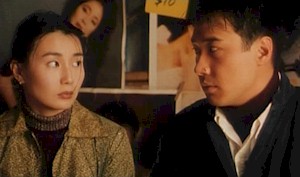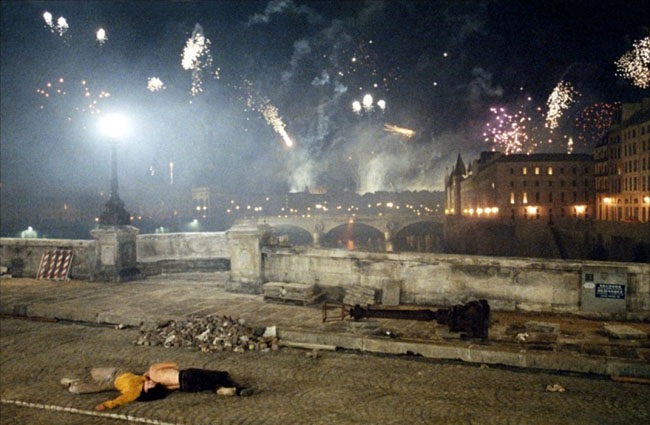On the Precipice of Hong Kong’s Past and Future: COMRADES: ALMOST A LOVE STORY and ROUGE
Written for the Metrograph Chronicle in January 2020. — J.R.
There’s an unfortunate habit among some Yankee cinephiles — including distributors — to limit our perceptions of some overseas trends to single figures, so that Spanish cinema initially consisted of Luis Buñuel, then Pedro Almodóvar, Swedish cinema became synonymous with Bergman, and Hong Kong art cinema begins and ends with Wong Kar-wai. This helps to explain why I haven’t had much luck in keeping up with the careers of two other favorites of mine among Hong Kong directors, Peter Ho-Sun Chan and Stanley Kwan, whose finest work is every bit as important to me as Days of Being Wild and In the Mood for Love. If you haven’t yet seen Chanr’s Comrades: Almost a Love Story and/or Kwan’s Rouge, they’ll do a good job of suggesting what you might be missing.
Rouge, made in 1987, is set alternately in that year and in 1934. Comrades, Almost a Love Story, another Hong Kong not-quite romance shaped around two superstars, was made in 1996, opens in 1986, and ends first in Manhattan in 1995, then back again in 1986, when the title characters are arriving in Hong Kong, still strangers to the city and to each other. Read more





